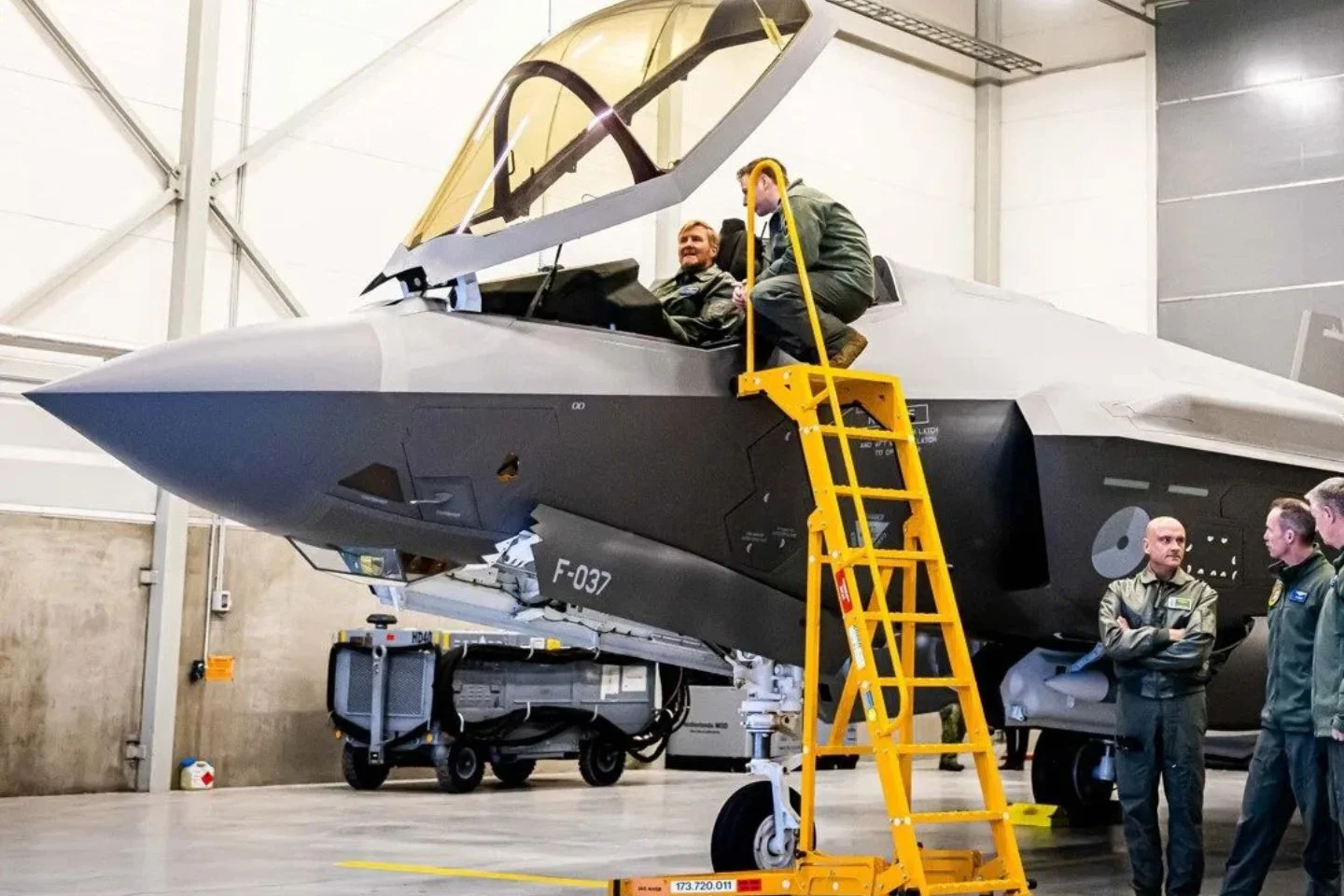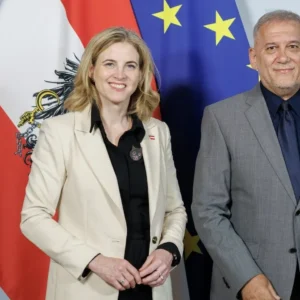A purchase decision with a powerful signal effect: The German government plans to order 15 more F-35 stealth jets from US defense contractor Lockheed Martin. This would increase the originally planned fleet from 35 to 50 aircraft.
According to the news portal Politico, citing several informed sources, negotiations between Berlin and Washington are already underway, but have so far been held behind closed doors. The possible additional purchase marks a remarkable change of course: just a few years ago, Germany had expressly committed itself to the European air combat system FCAS (Future Combat Air System), a prestigious project in cooperation with France and Spain that is intended to secure Europe’s technological independence. However, the project has stalled, most recently due to industrial conflicts between French and German partners. In particular, the demand by French manufacturers to control 80 percent of the key technologies is causing discontent in Berlin.
“This issue will continue to occupy us in the coming months,” said German Chancellor Friedrich Merz on Wednesday at a meeting with NATO Secretary General Mark Rutte in Berlin. The differences of opinion on the division of development work are “not yet resolved,” Merz said.
F-35: Technical details and costs
The F-35A Lightning II is a fifth-generation multi-role fighter jet with stealth technology, designed for air superiority, ground attack, and electronic warfare. It features:
- Maximum speed: Mach 1.6 (approx. 1930 km/h)
- Range: 2,200 kilometers (without air refueling)
- Armament: internal weapons bay (including AIM-120 AMRAAM, JDAM, B61-12 nuclear bomb), external carriers optional
- Radar: AN/APG-81 AESA radar for air/ground surveillance
- Sensors: Distributed Aperture System (DAS), infrared and night vision systems
- Stealth design: Reduced radar and infrared signature
Particularly relevant for Germany: The jet is capable of carrying nuclear weapons and is suitable for carrying the B61-12 US nuclear bombs stationed in Büchel as part of NATO’s nuclear strategy.
The cost per aircraft, including system integration, spare parts, and training, is between 120 and 140 million euros. The total cost for 50 jets could therefore rise to more than 6 billion euros. The first aircraft are scheduled to be ready for service in 2027.
Why the decision is being made now
Germany had already decided to purchase 35 F-35s in 2022 in response to Russia’s war of aggression against Ukraine. Plans to add eight more jets were discussed internally at the time, but not implemented. Now there is growing pressure to close a foreseeable capability gap in the air force, especially in the area of nuclear sharing. Since FCAS does not expect to make its maiden flight until 2029 at the earliest, Berlin is relying on a proven interim solution.
The move is politically explosive: France is likely to view the expansion of US participation as an affront. President Emmanuel Macron has repeatedly insisted on European “sovereignty in defense matters.” A bilateral summit meeting between Merz (APA photo below) and Macron is planned for the end of July in Berlin – the FCAS and the F-35 decision will be key topics.
Defense Minister Boris Pistorius is also expected in Washington in the coming days, where he will meet with his US counterpart Pete Hegseth.
Image: APA















Recent Comments